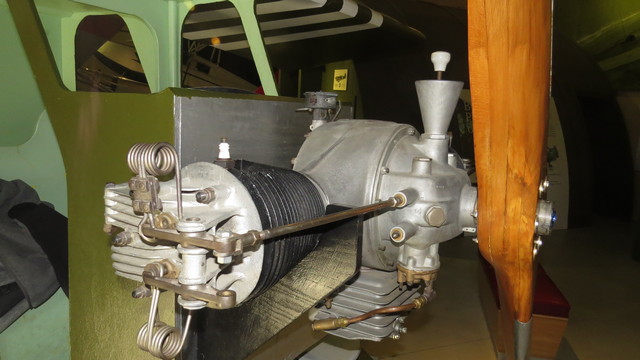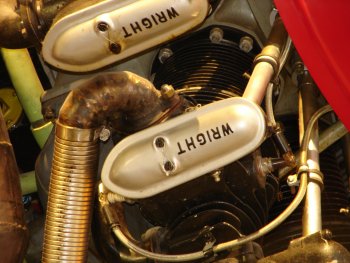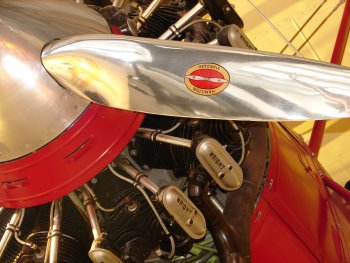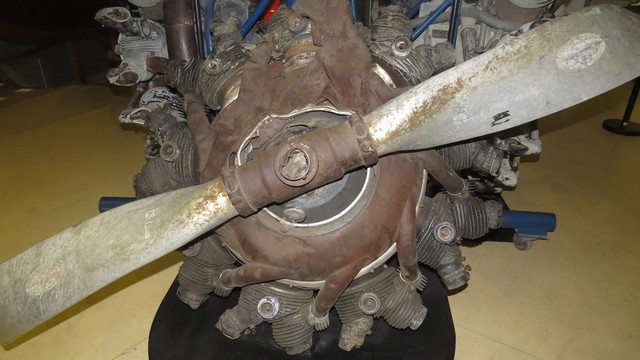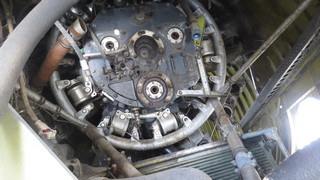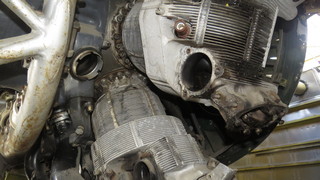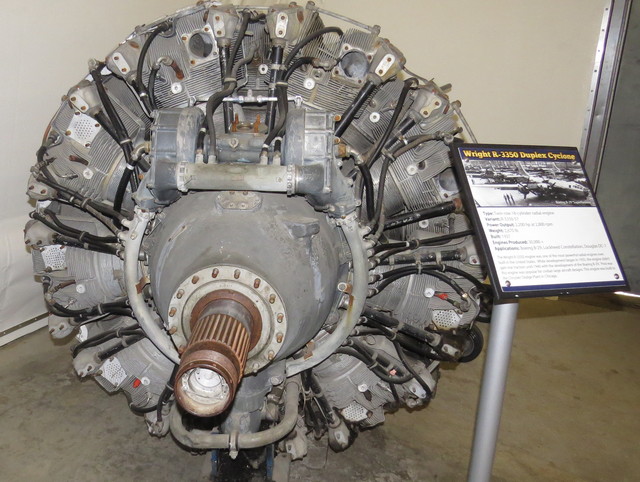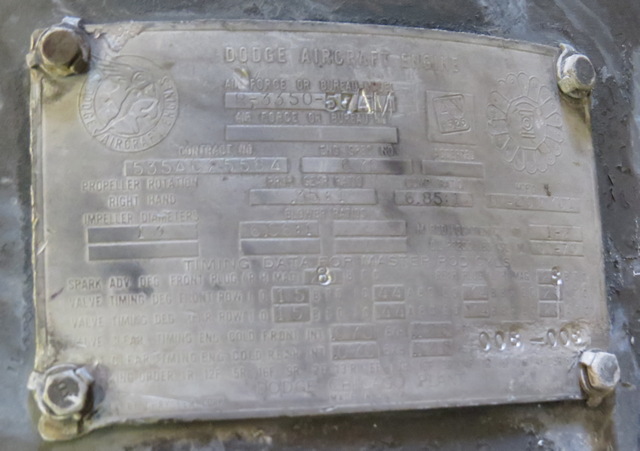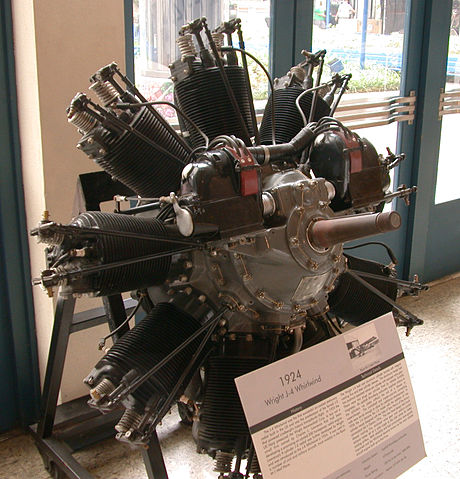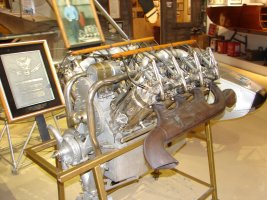
The Curtiss-Wright Corporation was created in 1929 from the consolidation of 12 companies associated with Curtiss Aeroplane and Motor Company, Wright Aeronautical, and various supplier companies, by the end of World War II it was the largest aircraft manufacturer in the United States.
The Curtiss OX-5 was the first American designed aircraft engine to
enter mass production, which started in 1917, although it was considered obsolete when it did so in 1917. About 12,600 engines
were produced. It nevertheless found widespread use on a number of aircraft, perhaps the most famous being the JN-4 “Jenny”. The wide availability of the engine in the surplus market made it common until the 1930s, although it was considered unreliable for most of its service life.
It is a liquid cooled V-8 engine that weighs about 390 pounds, and put out 90 hp.
Cons: The valve gear was fragile, and it had no provisions for
lubrication other than grease and oil applied by hand,
leading to an overhaul interval as short as fifty hours.
Additionally the engine featured a single spark plug in each cylinder,
and a single ignition system, in an era when ignition equipment was less reliable
According to Wright bulletin #16: “all engines with exposed valve gear
require complete readjustment and lubrication of the valve gear
approximately each five hours.”
The OXX-6 is the successor to the OX-5. The OX-5 had only 1 magneto to
fire each cylinder which caused frequent engine failures. The OXX-6 had
dual magnetos which had fewer failures and set an industry standard
for aircraft engines.
(Wikipedia) - Curtiss OX-5
In 1931 this particular engine powered a WACO-9 known as the Anna on
a winter flight in eastern Alaska. The engine did develop a problem
and the pilot, Freddie Moller attempted to land in the snow near the
Nebesna River. The plane flipped and suffered some damage. In order to
salvage the engine, the pilot removed the engine and placed it on a
stump. He than took one of the skis off the plane, placed his survival
gear on the ski and towed it roughly 40 miles to the community of Tok,
taking a bit more than 2 weeks to complete the journey.
